Tension control + automatic deviation correction: the secret of the stable operation of the film slitting machine
Film slitting machine is the core equipment of packaging, electronics, new energy and other industries, and its stability directly affects the slitting accuracy, yield and production efficiency of film. The combination of tension control and automatic web correction technology is the core secret of the film slitting machine to achieve efficient and stable operation. The following is an in-depth analysis of the key value of this technology portfolio from four dimensions: technical principles, hardware implementation, process optimization, and industry cases.
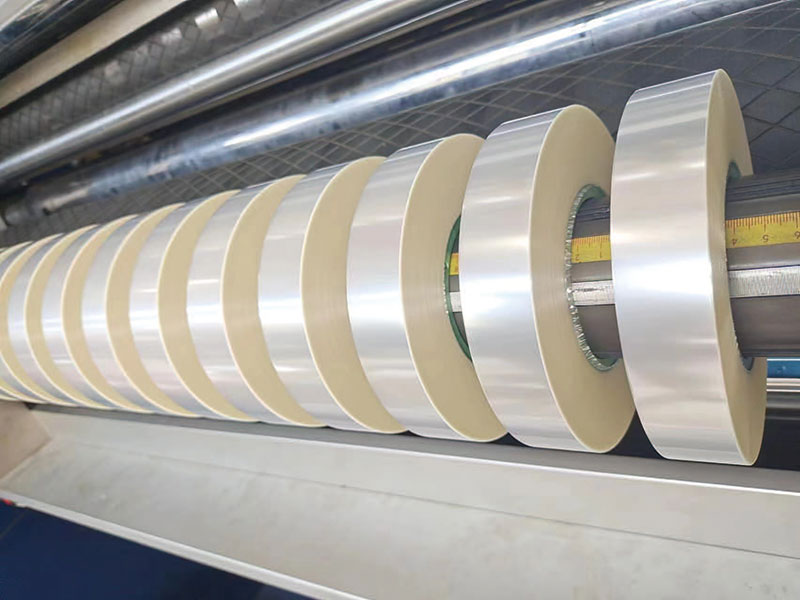
1. Tension control: the "stabilizer" of film slitting
1. The hazards of tension fluctuations
• If the tension of the film is unstable during the slitting process, it will lead to:
• Material deformation: stretching or wrinkling, affecting slitting width and edge quality.
• Mistracking: The material deviates from the centerline, increasing the scrap rate.
• Film breakage: Excessive tension causes the film to break, resulting in downtime.
2. Principle of tension control technology
• Closed-loop feedback system: real-time monitoring of film tension through the tension sensor, feedback the signal to the PLC, drive the magnetic particle brake or servo motor to adjust the braking torque of the unwinding/winding shaft.
• Floating roller cushioning: Floating rollers are set in front of the unwinding or winding shaft to absorb tension fluctuations and improve system stability.
• Multi-stage tension control: Set independent tension parameters for different sections (e.g. unwinding, traction, rewinding) to optimize the process.
3. Key technical indicators
• Tension fluctuation range: <±0.5N (up to ±0.1N for high precision).
• Response speed: <50ms (faster response is required during high-speed slitting).
• Control accuracy: ±1% (±0.1% in high-precision scenarios).
4. Application Scenarios
• High-precision slitting: such as lithium battery separator (thickness 5-20μm), optical film (PET/PC).
• High-speed slitting: When the slitting speed > 300m/min, tension stability is particularly important.
2. Automatic deviation correction: the "navigator" of film slitting
1. Reasons for mistracking
• Uneven edges and uneven thickness of the material.
• Equipment vibration, guide roller wear.
• Lateral displacement due to tension fluctuations.
2. The principle of automatic deviation correction technology
• Photoelectric sensor or laser sensor: real-time monitoring of the position of the edge of the film and feedback the deviation signal to the PLC.
• Servo motor drive: Adjust the lateral position of the unwinding/winding shaft to ensure that the film runs along the centerline.
• PID control algorithm: dynamically adjust the correction speed and amplitude according to the size of the deviation.
3. Key technical indicators
• Guiding accuracy: ±0.1mm (static), ±0.3mm (dynamic).
• Response speed: <5ms (faster response is required in highly dynamic scenes).
• Guiding range: ±50mm (depending on the equipment design).
4. Application Scenarios
• Ultra-thin film slitting: such as BOPET (thickness 12-75μm), CPP (thickness 18-80μm).
• Multi-specification switching: Quickly adapt to different width requirements and reduce downtime.
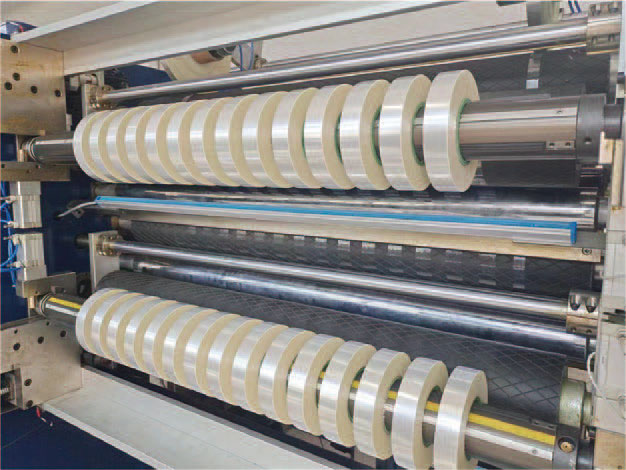
3. The synergistic effect of tension control and automatic deviation correction
1. Improve slitting accuracy
• Tension control reduces material deformation, automatic deviation correction ensures neat edges, and the combination of the two can control the slitting width error within ±0.05mm.
• It is suitable for high-end packaging films, electronic tapes and other fields with strict requirements for edge quality.
2. Enhance device stability
• Reduce downtime due to tension fluctuations or mistracking, and increase overall equipment effectiveness (OEE) by more than 20%.
• Extend equipment life and reduce maintenance costs.
3. Promote intelligent upgrading
• Integrate with MES (Manufacturing Execution System) to achieve real-time monitoring and traceability of production data.
• Support remote diagnosis and parameter optimization to improve production flexibility.
4. Industry cases: successful practices of technology implementation
• Case 1: Lithium battery separator slitting
• Requirements: Slitting width 500mm±0.1mm, thickness 12μm separator.
•Solution:
◦ High-precision tension control system is adopted, and the tension fluctuation <± 0.1N.
◦ Equipped with laser correction system, the correction accuracy ± 0.1mm.
•Effect:
◦ The slitting pass rate > 99.9%, which meets the high safety requirements of power batteries.
• Case 2: Optical film slitting
• Requirements: slitting speed 400m/min, width deviation<±0.05mm.
•Solution:
◦ Introduced floating roller tension control and electronic cam synchronization technology.
◦ Monitor edge quality in real time with CCD visual inspection.
•Effect:
◦ The production efficiency is increased by 30% to meet the needs of high-end display panels.
• Case 3: Slitting of food packaging film
• Requirements: Quickly switch the slitting width (50-1000mm) to reduce changeover time.
•Solution:
◦ Servo drive is used for automatic deviation correction and multi-stage tension presetting.
◦ Configure touch screen man-machine interface, one-key switching process parameters.
•Effect:
◦ Changeover time reduced from 2 hours to 15 minutes, greatly increasing production flexibility.
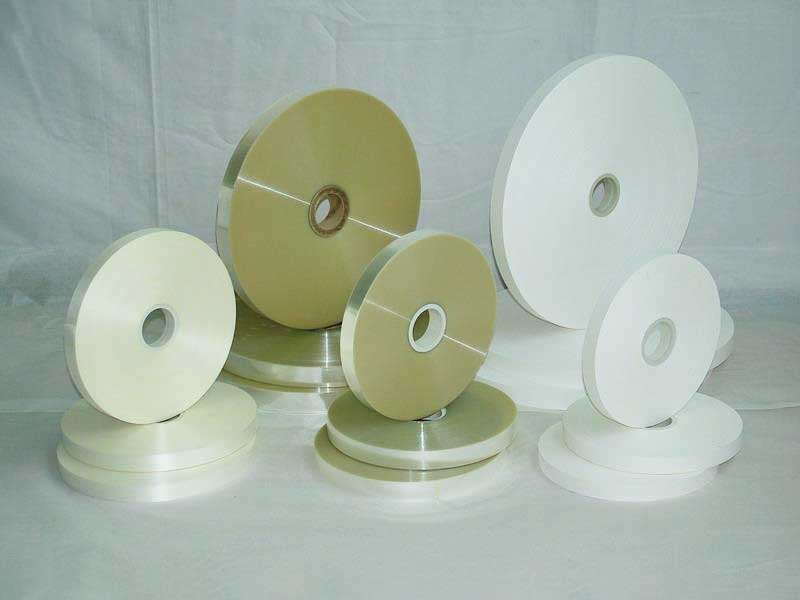
5. Future trend: the direction of technological upgrading
1. AI Visual Inspection:
• Automatically identify material defects and optimize slitting parameters through deep learning algorithms.
2. Nanoscale Tension Control:
• Development of higher precision tension sensors to meet the slitting needs of ultra-thin materials such as <5μm.
3. Internet of Things (IoT):
• Enables remote monitoring and predictive maintenance of equipment to reduce downtime.
4. Green Manufacturing:
• Adopt a low-energy drive system to reduce carbon emissions in the production process.
VI. Conclusions
The combination of tension control and automatic deviation correction technology is the core guarantee for the stable and efficient operation of the film slitting machine. By precisely controlling tension fluctuations and lateral displacements, companies can significantly improve slitting accuracy, reduce scrap rates, and promote the development of intelligent and flexible production. In the future, with the deep integration of AI, Internet of Things and other technologies, the film slitting machine will further release the technical potential and provide better products and services for the high-end manufacturing field.
Recent Post
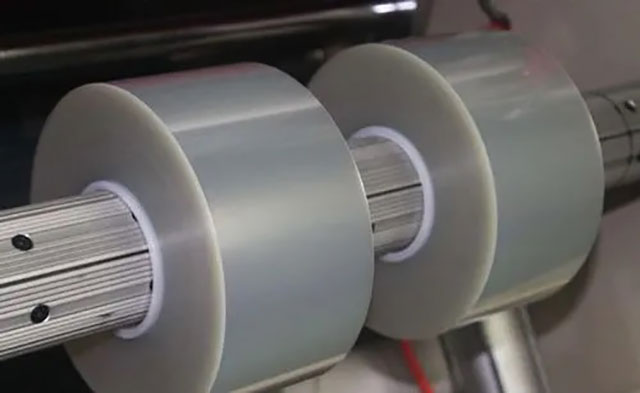 From PE to PET: How does the film slitting machine adapt to different materials?15. April, 2025
From PE to PET: How does the film slitting machine adapt to different materials?15. April, 2025 Damage-free slitting! How does a film slitting machine ensure that the edge of the material is smooth and burr-free?12. April, 2025
Damage-free slitting! How does a film slitting machine ensure that the edge of the material is smooth and burr-free?12. April, 2025 The core technology of film slitting machine: how to achieve micron-level precision slitting?11. April, 2025
The core technology of film slitting machine: how to achieve micron-level precision slitting?11. April, 2025 Responding to market demand: Film slitting machine offers personalized customized solutions10. April, 2025
Responding to market demand: Film slitting machine offers personalized customized solutions10. April, 2025
 Fully Automatic TTR Slitter RSDS8 Plus
Fully Automatic TTR Slitter RSDS8 Plus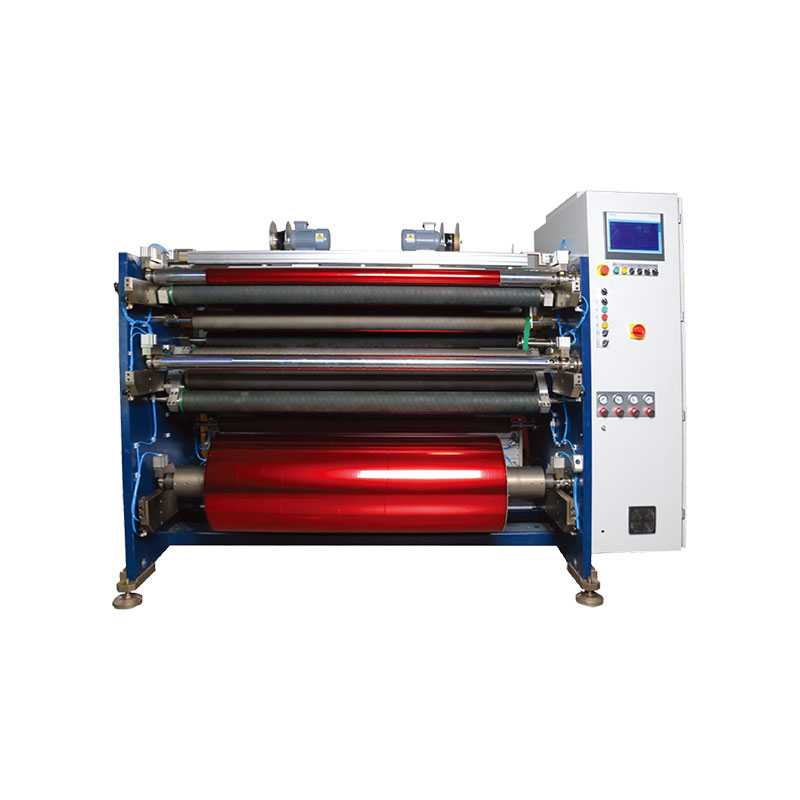 Hot Stamping Foil Slitter 1600mm
Hot Stamping Foil Slitter 1600mm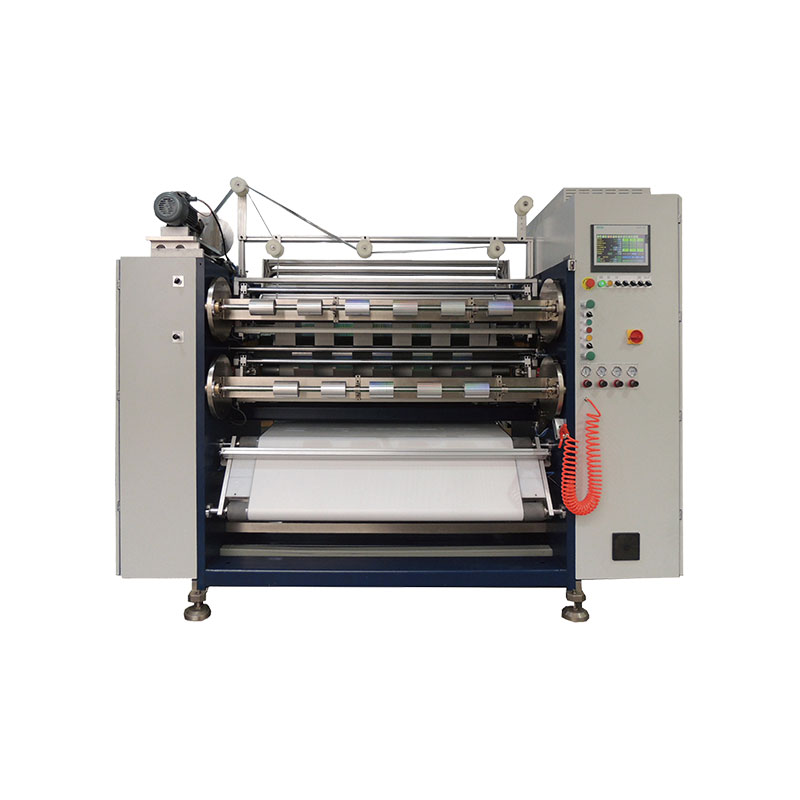 Hot Stamping Foil Slitter (4 Shafts)
Hot Stamping Foil Slitter (4 Shafts)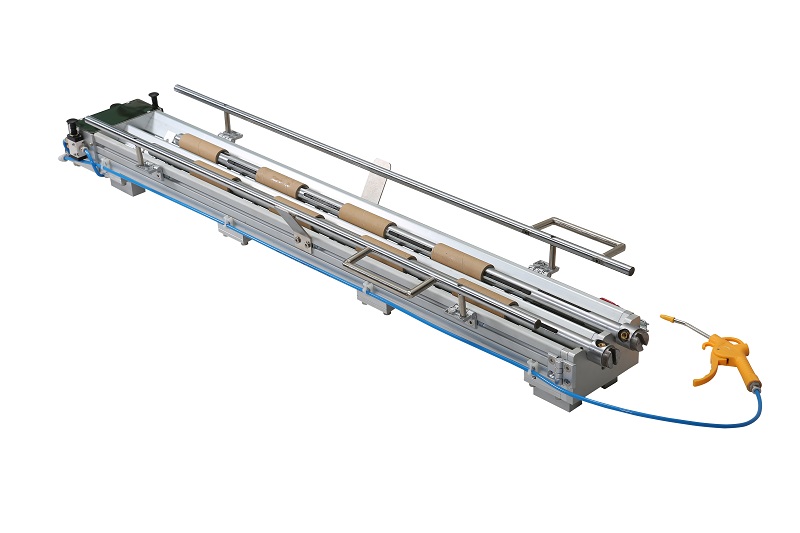 Paper Core Loading Machine
Paper Core Loading Machine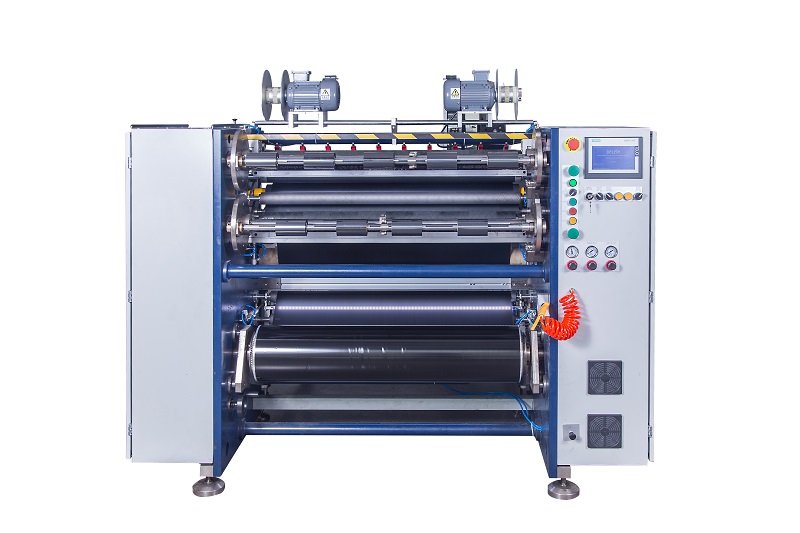 Semi-Auto TTR Slitter RSDS2 Plus
Semi-Auto TTR Slitter RSDS2 Plus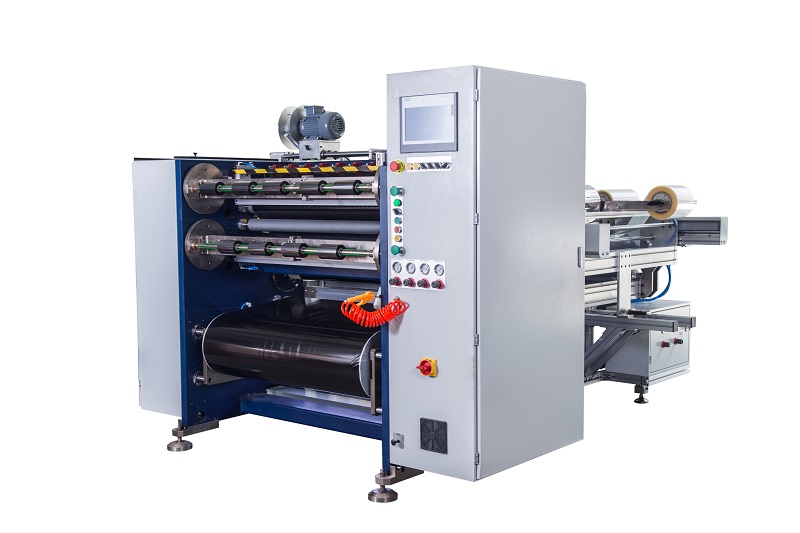 Semi Automatic TTR Slitter RSDS5 Plus
Semi Automatic TTR Slitter RSDS5 Plus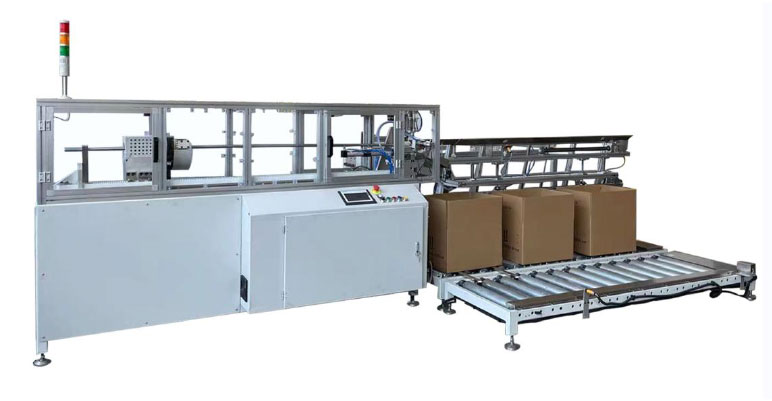 Auto Paper Core Cutter
Auto Paper Core Cutter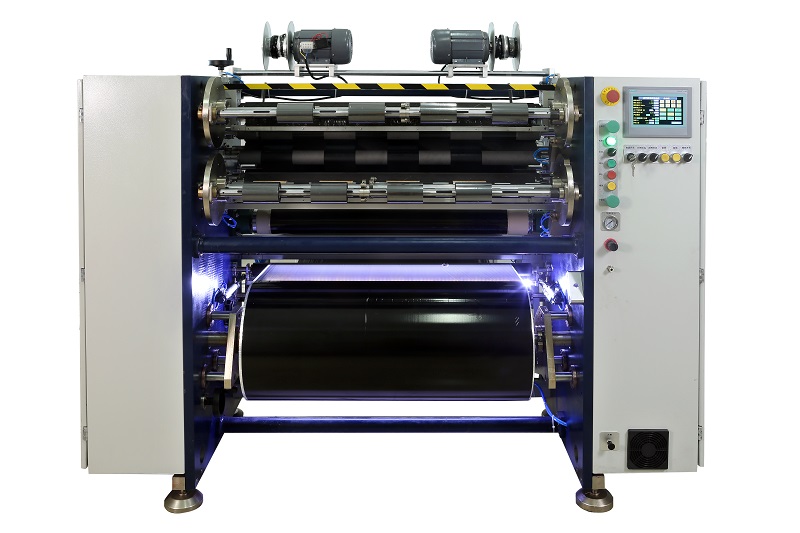 Manual TTR Slitter RSDS2
Manual TTR Slitter RSDS2





